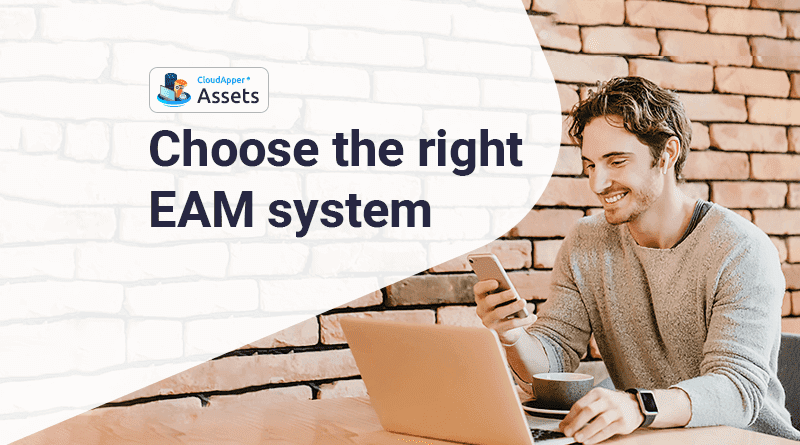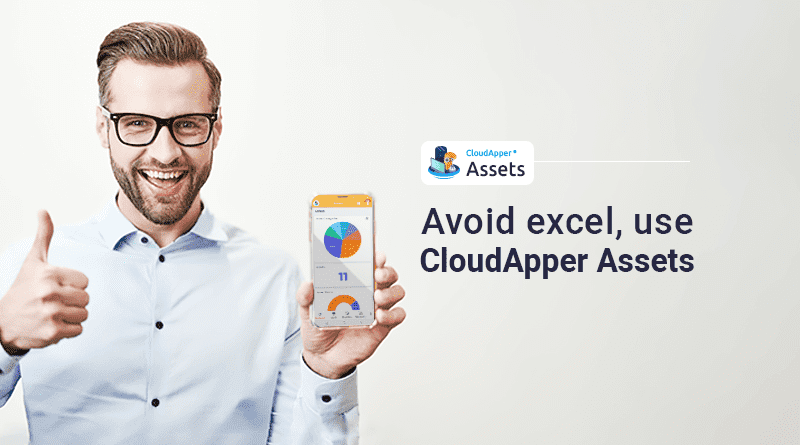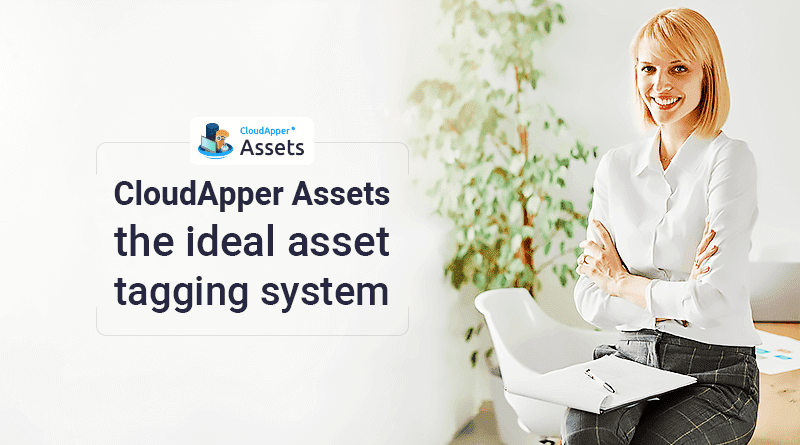Table of Contents
There are many software in the market that are highly sophisticated, however, business needs differ. In order to get the perfect EAM system, understanding business needs first, is very important. There might be features that are included in the EAM system which you do not need. And spending extra money on such EAM software would be a complete waste of money.
Interestingly, many times companies want a customized system so it perfectly supports daily operations efficiently. This is because neither they want to waste time nor do they need changes in the existing business processes.
What kind of businesses should get an EAM System?
EAM system might not be the best solution for all kinds of businesses. There are also other software like Computerized Maintenance Management Systems CMMS or enterprise resource planning systems ERPS. Where ERPS is used for an entire organization, CMMS and EAMs handle more specific issues.
Enterprise Asset Management-EAM systems are used by companies to handle their assets and infrastructure. It is best for companies that fall under the manufacturing industry, construction, repair shops, etc. In short, businesses that rely heavily on assets need this system the most.
Inventory managers in the automotive sector often struggle to maintain records of spare parts.
With an asset management solution, the managers can easily get all the asset information by improving the supply chain management of the organization.
The manufacturing industry can be another great place to introduce asset-tracking software. Factory maintenance manager stays updated with the maintenance schedule which increases the performance of these critical assets.
Apart from that, it will strengthen financial management with an effective system where companies can accurately allocate their resources minimizing waste and bad investments.
EAM System: Business Factors to Consider
In order to improve your business, understanding the basic needs are very important. Some issues may be hard to pinpoint and some are hard to foresee. Due to a lack of understanding, many times companies face difficulties after installing the system. To provide a glance, here are a few factors you should consider.
The Objective of the EAM System
The first thing you should do is look at the goals of your business and figure out exactly what you need from an enterprise asset management system. You might want to solve your asset downtime issues or manage maintenance activities. Depending on your business needs, choose an asset management system that will help you to monitor assets and safely store the asset data.
Sometimes companies lose their assets or can’t enjoy optimum asset performance. For them, a system that allows tracking assets and helps in asset lifecycle management will be very helpful
Consider the Users
Knowing the capacity of your employees will guide better decision-making. Introducing a new system requires training and demos. The ideal situation is the employees will pick up the whole thing in one session. However most of the time, this is not the case. Usually, a new system requires a lot of time for employees to pick up. On top of that, if the system is fairly difficult, employees will be discouraged to use it. Due to such reasons, a lot of companies completely abandon the whole project.
Mobile Usage
The primary users of the enterprise asset management software will be the front-line workers. If you want your operations to be efficient and easy to track, a web-based mobile solution may be a good choice.
Since most maintenance workers don’t spend much time in front of a computer, they could use a tablet or smartphone to do their daily tasks and work orders. This would make it easier for them to log their work. You’ll also get a clear picture of how your company handles downtime or spare parts, and you’ll have enough information to do more predictive maintenance.
System Compatibility
These systems often require integration with other systems. For example, a company that uses an ERP system might still need an EAM system for tracking assets. Choosing a system that will be compatible with another system can really help. In this way, the company does not have to change the entire system to integrate a new one.
Sometimes businesses may want to shift from one system to another. Like a company that wants to switch from one EAM to another system. Here, transferring data is a big issue. But a system like CloudApper EAM can easily tackle these problems. The switching time and the risk of losing time will be very minimal due to such system compatibility.
Return On Investment
Expensive systems might be good but they might not be the appropriate solution for all businesses. There is no guarantee that an expensive system will bring results to the business. Therefore before making any decision, an extensive cost analysis should be done to understand the ROI of the systems.
The EAM System should be future proof
If you’re thinking about going through a digital transformation and know how important it is, know that one day your business will grow and your expectations for your EAM solution will grow as well. The system should be able to handle the additional work with ease and facilitate or accommodate the business needs of that time just like before.
That is why you should always consider future possibilities when choosing EAM software. A temporary solution may get the work done for a short period but it will involve continuous updating costs.
CloudApper: an EAM System made for your business
Given that the whole point of getting an EAM system is to save time, it will be contradicting if it is too difficult to use. The training and setup will eat up a lot of valuable time. Additionally, the employees will reject the system which makes things hard for them and there is a big chance of losing data during the setup.
Therefore, regardless of the type of business, get something that will make things easy as well as sophisticated. Look for a user-friendly and secure system like CloudApper Assets which will support your business rather than being a burden.
What is CloudApper AI Platform?
CloudApper AI is an advanced platform that enables organizations to integrate AI into their existing enterprise systems effortlessly, without the need for technical expertise, costly development, or upgrading the underlying infrastructure. By transforming legacy systems into AI-capable solutions, CloudApper allows companies to harness the power of Generative AI quickly and efficiently. This approach has been successfully implemented with leading systems like UKG, Workday, Oracle, Paradox, Amazon AWS Bedrock and can be applied across various industries, helping businesses enhance productivity, automate processes, and gain deeper insights without the usual complexities. With CloudApper AI, you can start experiencing the transformative benefits of AI today. Learn More

















